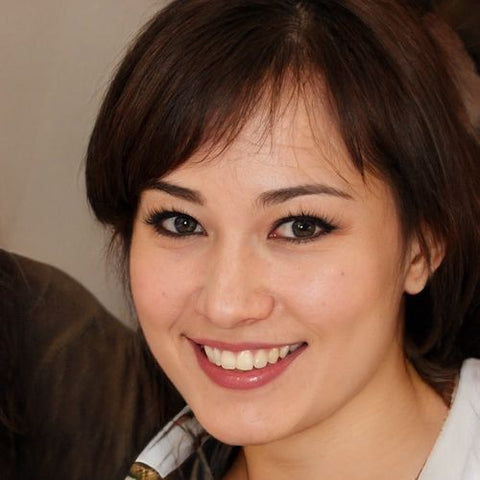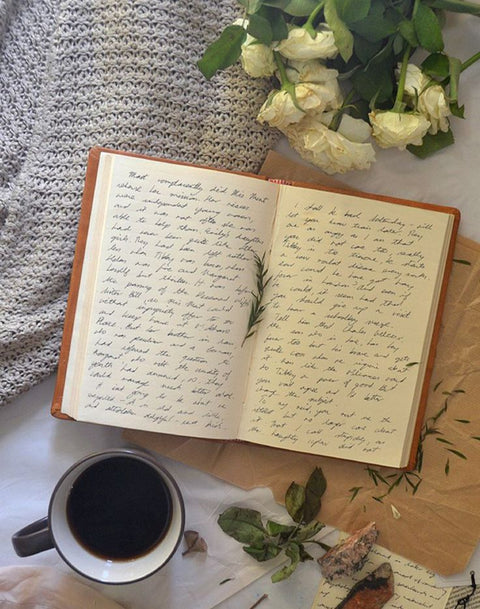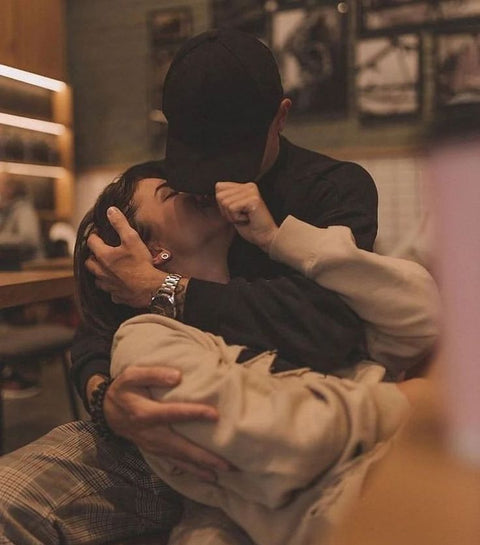
Okay, so you're on TikTok and you've heard about "The Box Theory" in dating. It's a pretty simple framework that determines what you think of someone after a first date. Let's get into it.
What is the Box Theory in Dating?
The Box Theory in dating is the idea that on a first date you put someone in one of three boxes; the relationship box, the situationship box, or the no-go box. It's said that men often know which box they want to put their date in on date 1, whereas women are much more likely to give their date time over multiple dates to grow feelings and make a decision on what they want.
How to Use the Box Theory in Dating
It's pretty simple, your date is going to fit in one of 3 boxes. Once they're in this box that determines the future of the relationship. Although this can change many men state that they know very quickly what the relationship is and are unlikely to change their mind. So, if you're ready to use the box theory in dating here are the 3 boxes you can use:
1. The Relationship Box
This box is special. It’s reserved for those rare gems who we can envision a future with. Think of it as the box where you place someone who gives you butterflies, but also aligns with your values, dreams, and life goals.
It's not just about a pretty face; it's about connection on a deeper level. Emotional resonance, intellectual compatibility, and that indefinable spark – these are the hallmarks of someone who lands in the Relationship Box.
It’s where you find potential partners who you can see yourself sharing lazy Sunday mornings and adventurous Friday nights with, those who you think could be your partner in both crime and kindness.
2. The Friends with Benefits Box
Here's the box that's a bit more laid back. The Friends with Benefits Box or the Situationship Box is for those who you’re definitely attracted to, but don’t quite see a future with. It's a mutual agreement of enjoying the now without the weight of future plans.
This box is driven more by physical attraction and a fun connection rather than deep emotional bonding.
It’s the space for relationships that are more about enjoying the present moment together, without the pressure of weaving dreams and plans for a shared future.
3. The No-Go Box
And then, there’s the No-Go Box. It’s the polite way of saying, “This isn’t going to work.” People we place here might lack the spark we're looking for, or maybe there’s just something that doesn’t click.
This isn't about judging someone's worth; it's about acknowledging what we feel won’t suit us romantically.
It could be differing life paths, lack of chemistry, or simply that gut feeling whispering, "Not this one." It’s an important box, as it helps us understand and respect our own boundaries and preferences in dating.
Wrapping It Up: A Final Thought on Boxes and Beyond
The Box Theory provides a fascinating framework to understand how we categorize our romantic interests. It helps to make sense of the sometimes chaotic world of dating by giving us mental compartments to sort our feelings and interactions.
But here’s the thing to remember – the human heart isn’t a static organ, and emotions are far from being black and white.
Someone who starts in one box can very well shift to another as you get to know them better or as your own feelings evolve. Life has a funny way of surprising us, and the person you never imagined in the Relationship Box might just end up being the perfect fit.
So, while the Box Theory is helpful, it’s not the be-all and end-all. It’s a tool, a guide, but not a rule. The beauty of dating and relationships lies in their unpredictability and the unique stories each one brings. Embrace the journey with an open heart, a curious mind, and let the boxes be a guide, not a constraint. After all, the best connections often happen when we least expect them, in ways we never imagined.



